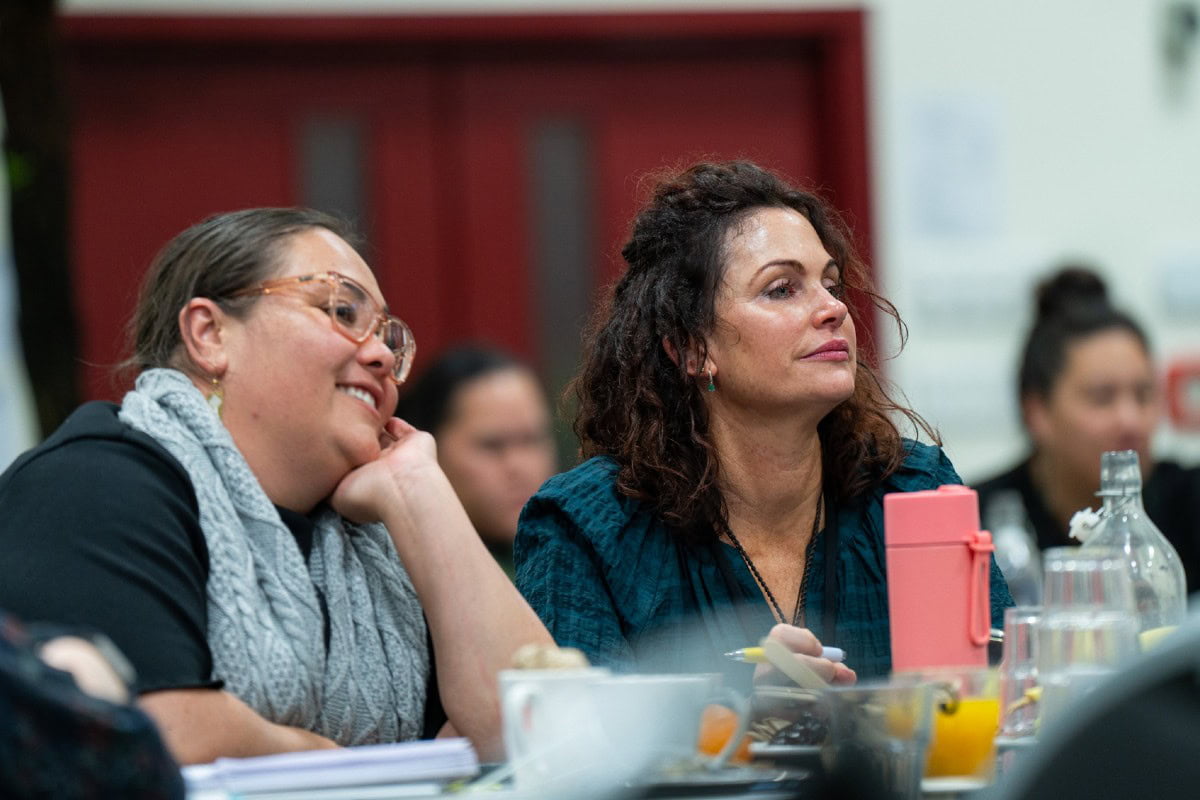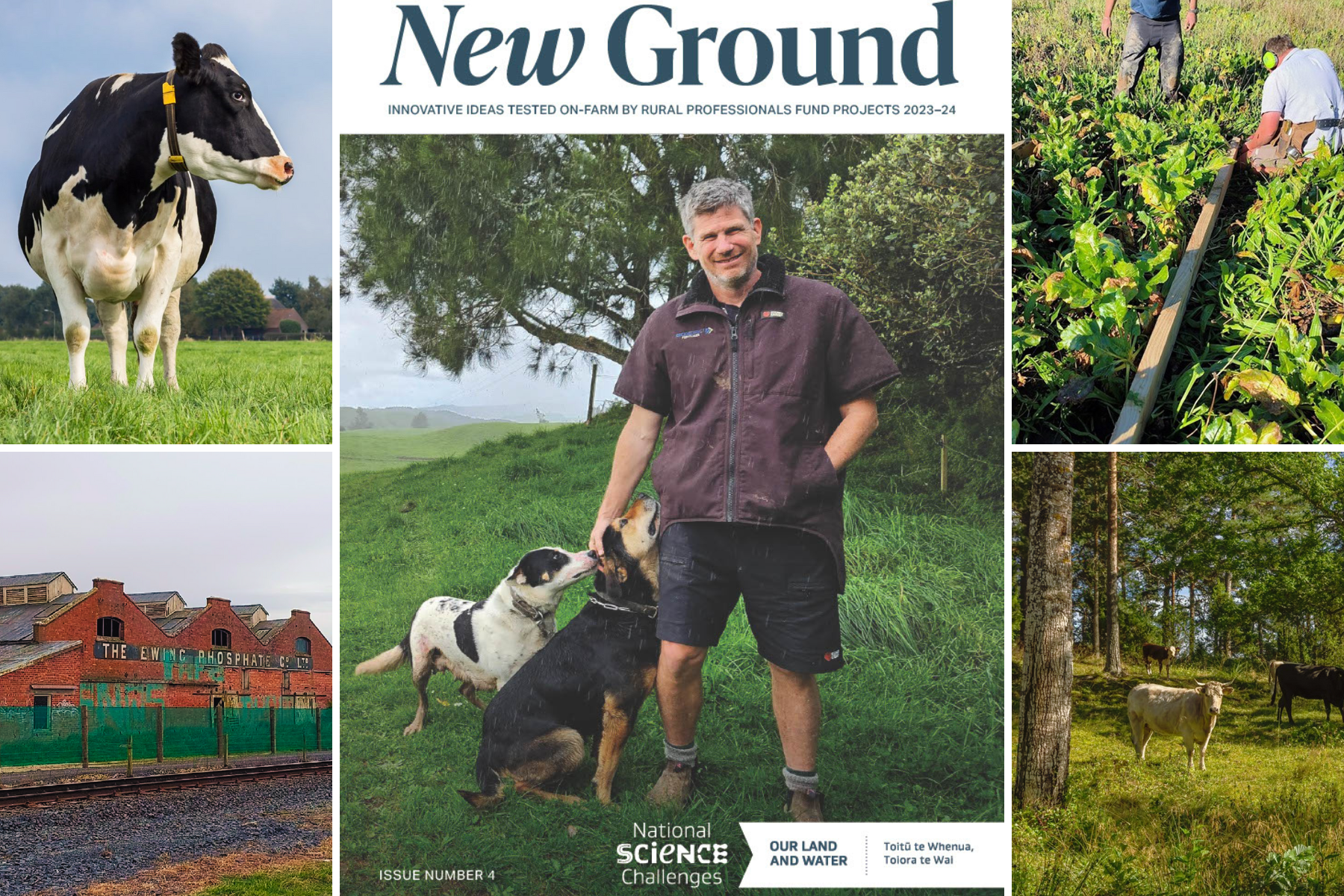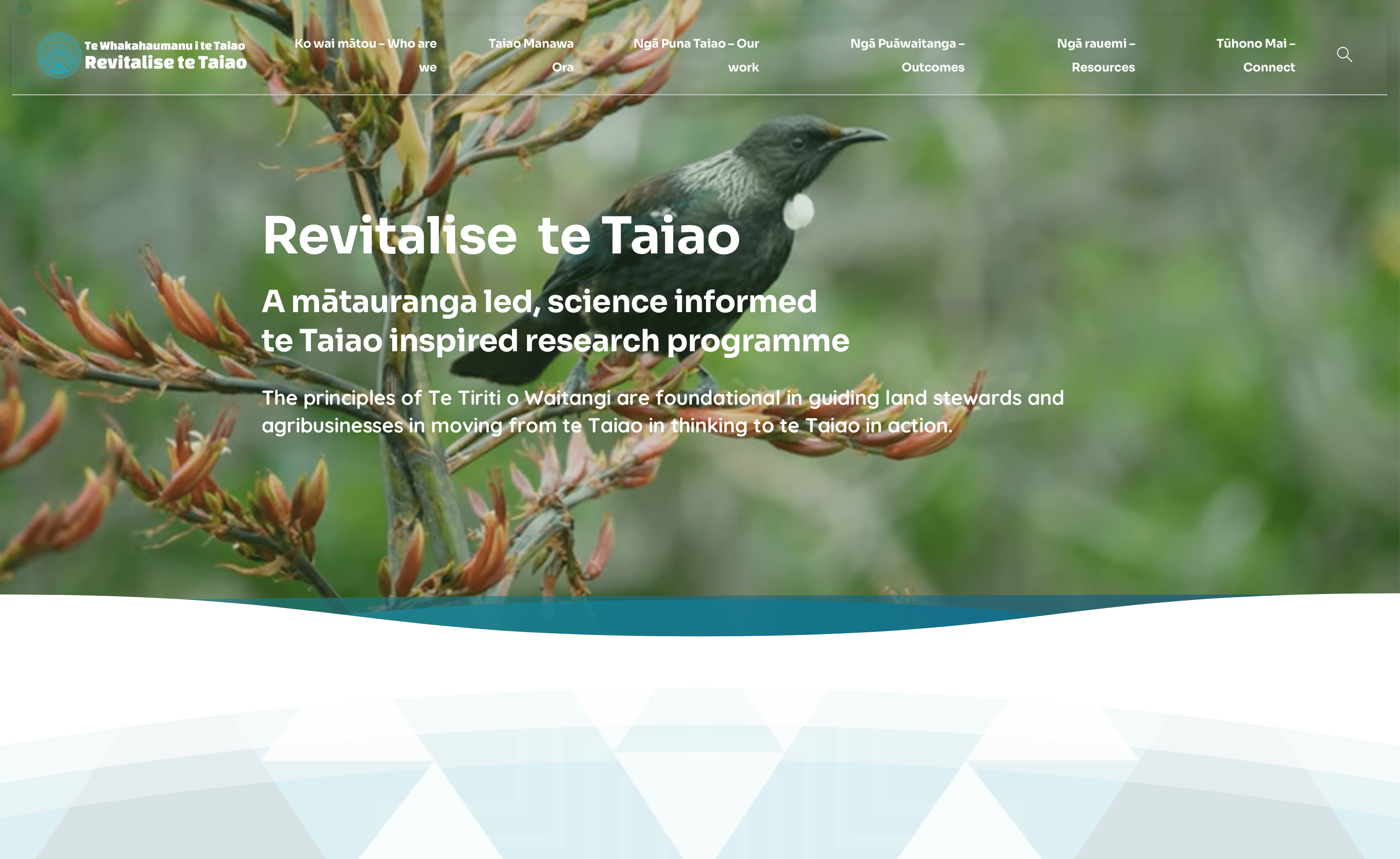Growing for Good: A ‘Win-Win-Win’ Plan for Future Food Production
Changing what we farm, and where, could provide all New Zealanders with a healthy diet with benefits to our water, climate, and the national economy, finds new research from two National Science Challenges
The range of food we grow in Aotearoa, and where we grow it, is likely to change over the coming years, because of our changing climate and our responsibility to restore the health of our water and atmosphere.
New research from two National Science Challenges, published today, tested future scenarios for this land-use change to see whether it’s possible to design a ‘win-win-win’ plan for future food production. Could we produce the right crops, in the right places, to feed all New Zealanders a healthy diet, while reducing greenhouse gas emissions or freshwater contamination, and minimising the financial impact on families and farmers?
The short answer is yes, says Professor Richard McDowell, lead author of the report and chief scientist for the Our Land and Water National Science Challenge. “By shifting land uses in the parts of Aotearoa that are unlikely to meet water quality targets without land-use change, we would be able to meet our environmental targets,” says McDowell.
Producing a home-grown healthy diet for all New Zealanders would mean growing more grains and vegetables. The research uses a range of crops like oats, beans, peas, potatoes, onions, wheat and barley as “indicator” crops, says McDowell. “In the real world a more diverse range of crops would need to be grown for our healthy diet, but we selected these crops to show that this wider range could be grown.”
“By shifting land uses in the parts of Aotearoa that are unlikely to meet water quality targets without land-use change, we would be able to meet our environmental targets”
Professor Richard McDowell
The projected effect on farm profits varied depending on whether the future scenario was optimised for water quality improvement or greenhouse gas reduction, ranging from a net $526 million loss across the country for the freshwater-focussed scenario to a $89 million profit for a climate-focused scenario, boosted by returns of up to $2.4 billion from larger arable, horticultural and forestry sectors. Land-use change was not predicted to severely impact our export trade of red meat and dairy products.
“The maximum cost was about 1% of primary sector export earnings, with potential for billions of dollars in savings to the health system if we all adopted the healthy diet modelled in this paper,” says McDowell.
The research is a “modelling exercise and thought experiment”, says McDowell, and whether the scale of both land-use and dietary change is possible in practice depends on the decisions of all New Zealanders. “The key take-out is that it is possible to strategically redesign future food production in New Zealand in a way that has significant co-benefits for our people and our environment.”
“Land-use change in Aotearoa is unavoidable, as new opportunities and challenges emerge under a changing climate. In catchments where water quality expectations are driving change, diversifying land-use could be more pragmatic than investing in all possible mitigations,” says McDowell. “It makes sense to take a strategic, planned approach to maximise the benefits of this land-use change. This research offers a starting point for those discussions.”
The healthy diet
A diet optimised for nutrient intake, greenhouse gas emissions and food prices for New Zealand was published in a separate paper last month (Cristina Cleghorn et al, 2022).
The optimised diet meets 24 nutrient recommendations, produces greenhouse gas emissions that are below a boundary set for New Zealand, and costs no more than the baseline cost from the last national nutrition survey in 2008/09. “This shows us that we can improve the health of people while reducing the greenhouse gas emissions of food production,” says Cristina Cleghorn, lead author and principal investigator for the Healthier Lives National Science Challenge.
National adoption of this diet was modelled and showed large health gains, health system cost savings and reductions in health inequity between Māori and non-Māori. “We know that this diet differs from what people are currently eating and more research is underway to identify a more realistic healthy and sustainable diet for New Zealanders,” says Cleghorn.
In this new study, that diet has been altered to include a little more beef, lamb and dairy.
The land-use changes
To identify suitable land to produce ingredients for this diet, the research used crop suitability maps and aimed to expand current production areas by 2035. These maps were used in two scenarios. The climate-focused scenario focused on reducing greenhouse gas emissions by removing up to 13% of stock (as outlined by the Climate Change Commission) and replacing dairy land with crops, and sheep and beef systems with forestry. The freshwater-focused scenario allowed crops and forestry to expand onto all pastoral farming systems until nitrogen and phosphorus losses were low enough to reduce algal growth in rivers, lakes or estuaries.
The research targeted this expanded crop production to land areas that were identified as likely sources of contaminants causing unacceptable levels of algal growth. This was 3.8 million ha for land with excess nitrogen loss and 2.3 million ha for phosphorus.
After accounting for crop rotations, land use change amounted to an increase in cropland of 29–32% (on land suitable for cropping or horticulture) and an increase in forestry of 82–138% (on land not suitable for cropping). To accommodate this expansion of cropland and forestry, land in sheep and beef would decrease by 11–19%, while land used for dairying decreases between 7–14%. However, the impact on export revenue was expected to be minimal if past increases in productivity are maintained.
The open-access paper includes national maps and an analysis of the regional effects of these changes, and a discussion of the limitations and implications of this research.
___
More information:
- Richard W. McDowell, Alexander Herzig, Tony J. van der Weerden, Cristina Cleghorn and William Kaye-Blake. Growing for good: producing a healthy, low greenhouse gas and water quality footprint diet in Aotearoa, New Zealand. Journal of the Royal Society of New Zealand, November 2022
- Cleghorn C, Nghiem N, Ni Mhurchu C. Assessing the health and environmental benefits of a New Zealand diet optimised for health and climate protection. Sustainability, October 2022
- Land Use for Nutritious Diets project webpage (Our Land and Water)
- Sustainable New Zealand diets project webpage (Healthier Lives)
Author
 View Our Strategy Document 2019 – 2024
View Our Strategy Document 2019 – 2024



